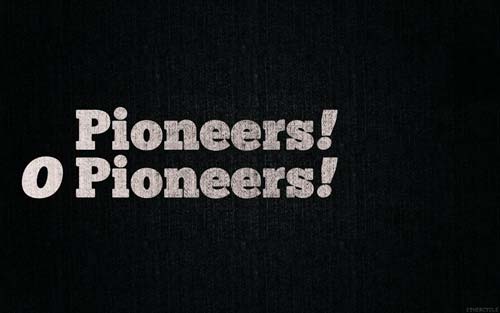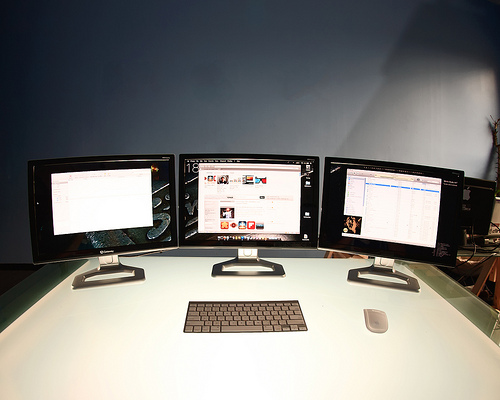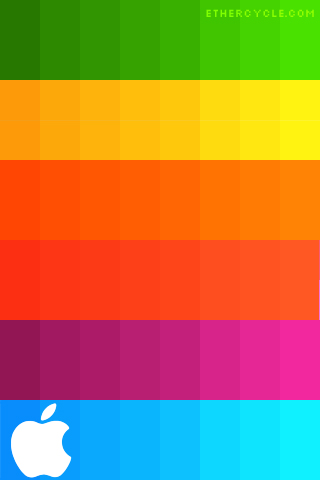Good Copy is Easy on the Eye.
Reading your website should be easy. The font should be reasonably sized. Ornamental fonts can be used but should be reserved for headlines. The main body of your content should be written be written in a web-safe font like Georgia. Colors and contrast matter. Use dark ink for light backgrounds and vice versa.
Good Copy is of Appropriate Length.
Mark Twain once wrote, "I didn't have time to write a short letter, so I wrote a long one instead." If it can be afforded, a professional copy editor for your sales text is a valuable investment. The average person will spend less than a minute on a new website- less is more!
Good Copy is Direct.
Within ten seconds of landing on your homepage, will a visitor know what your business does? If it's not self-evident, it's time to reconsider your layout and copy. A person must be able to immediately discern if a website is relevant to them or they will leave the page without viewing anything else.
Good Copy is Not All Talk!
Good websites are not all talk. If you've got claims to make, you better make sure you can support them with solid facts and figures that are certified by valid and reliable authorities. A good website gives readers a reason to believe in them!
Good Copy Knows its Reader.
No matter how good a website you have, remember that writing it will do you no good if in the end, it doesn't fit the needs of your target market. A good website will always be tailored according to your target market's preferences.







